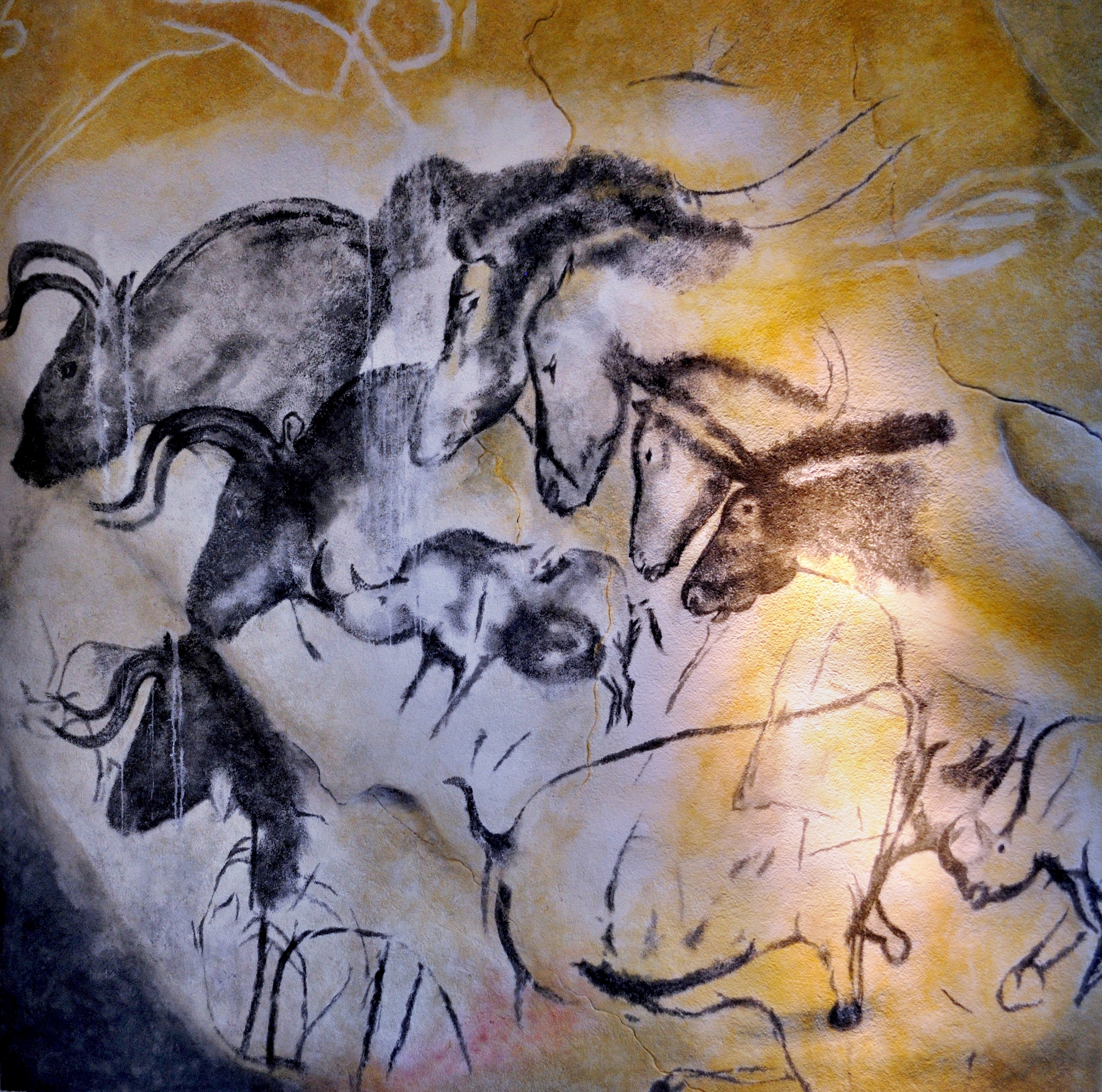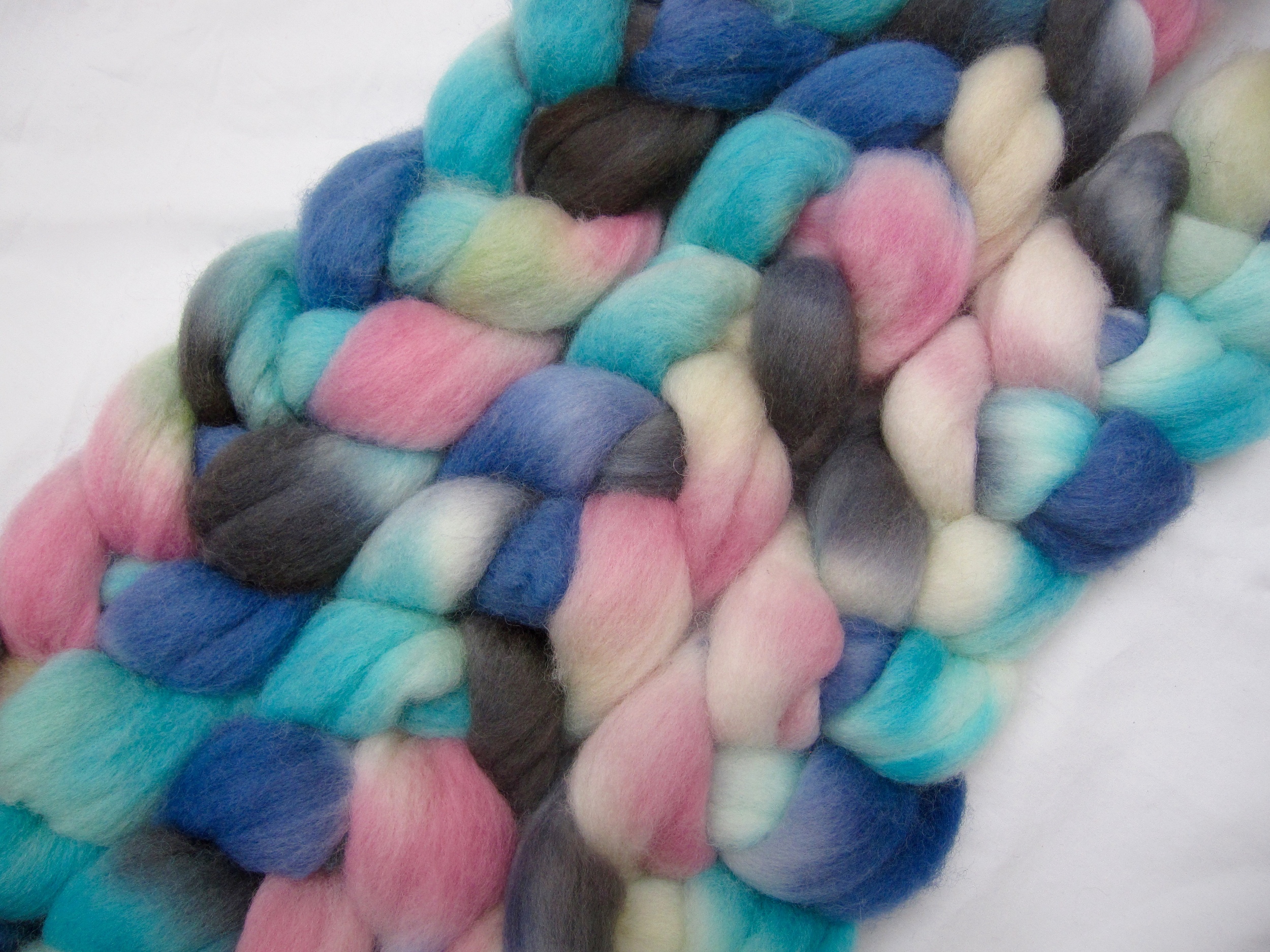2016 Tour de Fleece colourways: Mageva
Mageva on Merino d'Arles
The ski resort town of Megève makes two appearances in this year's Tour de France: the finishing point of Stage 18 (the second individual time trial) and the starting line of Stage 20, the last stage before the final jaunt down the Champs-Élysées in Paris.
The name of the town comes from the Celtic name of the original ancient settlement, Mageva, which means village on the water. The estimated date of founding for the local parish is 523, with the Benedictine monks setting up a priory in 1085. The current incarnation as a destination for tourists and skiers began in the 1920s, when the Rothschilds funded a purpose-built ski resort.
This colourway was inspired by the many streams and rivers that flow through the area, draining snow melt away from the mountains during the summers. It combines various blues with the browns of the streambed, and includes flashes of white for the sun reflecting off the waters surface. Cool and refreshing, the undyed sections of the top will blend with the dyed, creating a yarn that is more muted and blended then the fibre might appear at first glance.
Like the first two colourways, Rosé d'Anjou and Chauvet, Mageva is dyed on Merino d'Arles, and will be available starting with the shop update this coming Saturday (14 May) at 10:00 am, and running through the start of the event on 2 July 2016. Stay tuned for the last colourway on Friday!





















